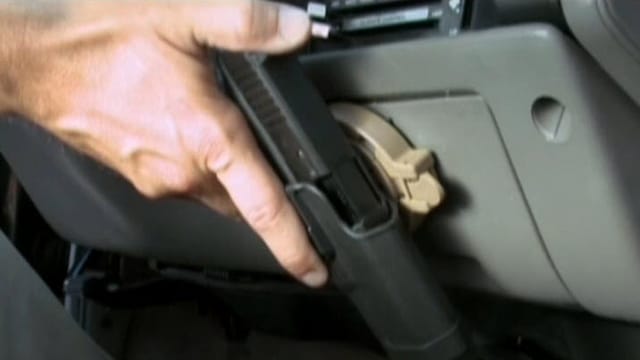To determine the dependability of a pistol or revolver, you must eliminate human error and collect data using your preferred ammunition and Handgun Maintenance.
When carrying a handgun for self-defense, its dependability is crucial. And by dependable, I mean that there is a 99.99 percent chance that it will fire and cycle properly when the trigger is pulled. (One hundred percent would be ideal, but we can never be certain of anything to that degree.) Many believe that a 1,000-round test firing is necessary to determine reliability. This may appear to be the most reliable technique to show dependability, but in reality, it is primarily a means to waste money.
Handgun Maintenance:
Realize that the ammo you must establish reliability with is the ammunition you will carry for personal protection in your firearm. It is true that a handgun is more likely to be reliable with carrying ammo if it is reliable with practice ammunition. However, we cannot rely on luck. Carry ammunition must be verified as reliable. In addition, carrying ammunition can cost as much as $1 for every shot fired.
Reasons Handguns Fail
The four most frequent causes of semiautomatic pistol malfunctions are shooter mistakes, the magazine, the level of cleanliness, and the ammunition. There are handguns that are incompatible with particular ammunition; however, this is less common than faulty magazines, poor shooter technique, and filthy firearms. Any assessment of ammunition dependability must restrict the usage of defective magazines, poor shooting technique, and fouling. Without doing so, it is impossible to determine whether or not a certain load is reliable in your pistol.
Some may propose attempting a carry load during firearms training in order to attain the 1,000-round test limit. At least you’re not just firing for the sake of shooting. This is not a wise decision. Partly from a dependability aspect, you should explore the cause of a stoppage soon if one occurs. During a firearms training course, you will be expected to clear the obstruction immediately and proceed. Also, if you discover that the load you are testing is unreliable, dealing with stoppages will interfere with your training, and you will have wasted a lot of money on ammunition that is unsuitable for your weapon.

Utilize Appropriate Technique
Selecting the load, you intend to transport and purchasing a single box is a more realistic strategy. Then take the time to precise fire that box of ammunition, ensuring that you do nothing to compromise its reliability. Do not ride the slide with your thumb, accidentally engage the slide lock during recoil, or fire with a limp wrist. Numerous ultra-compact pistols necessitate a tight grip and a locked wrist in order to function with any type of ammo. If you have no problems with this 20-round package, acquire an additional 50 or 75 rounds and continue your study.
How Clean Is Your Firearm?
However, prior to further testing, there is one more factor to consider. How cleanly do you intend to carry your defensive handgun? Will it be freshly cleaned, will numerous boxes of ammo have been discharged through it, or will it remain uncleaned in your holster even after several hundred rounds? Every cartridge shot through a pistol makes it dirtier, and eventually, it will become unusable. Test your carry ammunition in your firearm at the level of cleanliness to which it will be exposed during transport.
If you can fire 100 rounds through your handgun without experiencing a stoppage that cannot be ascribed to shooter mistake, dirt, or a malfunctioning magazine, you can consider the ammo you’re testing to be 99.99 percent reliable in your pistol at its current level of cleanliness. If you get even a single jam that you are certain was caused by the ammunition, try a different load. Additionally, you can rotate your carry ammunition at least annually. This affords you the opportunity to fire the loads you’ve been carrying for the past six months to a year, so enhancing your trust in the reliability of that load.
Also, Examine Revolver Ammunition
Also, do not assume that a revolver is jam-proof or that any load would function flawlessly in it. Bullet set out is possible, particularly in lightweight magnum revolvers, and if it does, the cylinder may lock. In addition, case rim dimensions can vary somewhat, and cases can jump the ejection star during extraction. Carry ammo for a revolver as you would for a semi-automatic firearm.


